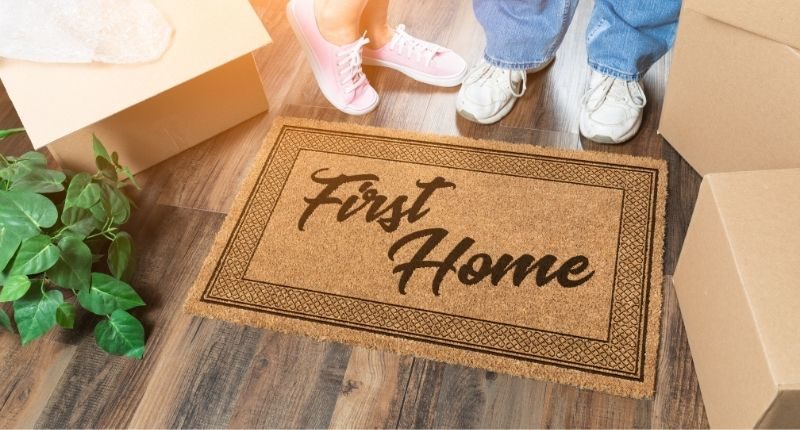- Too many people have been building homes they can’t afford, writes Trent Fleskens
- Not enough investors have been building rentals to provide housing
- The main culprit has been the skewed incentives for first home buyers
Over the past few years, it’s been hard to understand a property market where the majority of suburbs in Perth hadn’t seen broad-based price growth for six years, but where the vacancy rate for rental properties in those same markets was tighter than in the boom that preceded it, and is also currently being witnessed.
What this means is that a number of suburbs around Perth are chronically over-supplied with owner-occupied properties and chronically under-supplied with investment properties.
Too many people have been building homes they can’t afford and not enough investors have been building rentals to provide housing to those who don’t want to buy or can’t buy.
We’ve been building in the wrong places for the wrong purposes.
The reason investment stock is low is because the property types that suffered most in Perth since the previous boom were investment-grade villas and apartments. This meant that banks were less likely to lend to investors because they lacked the equity to do so.
An over-supply of properties of this type were concentrated in areas such as Rivervale, Maylands, and throughout the city. These areas have suffered and now actually represent good value.
In addition to this, my finger is pointed squarely at Western Australia’s unique combination of incentives and homeownership pathways that make it too easy for those with minuscule savings to build a home in over-supplied areas on the fringes of Perth.
We should be making it easier for them to purchase established properties that are sitting on the market under replacement cost in inner-city suburbs.
For a first homebuyer to buy an established property at the median house price of $475,000 with their local bank at a precarious 95% loan-to-value ratio, they will generally need a minimum of $33,000 including $9,000 of stamp duty and fees. Ideally, we are told to have a 20% deposit (avoiding lenders mortgage insurance, or LMI), in which case they would need around $120,000.
$33,000 isn’t a small amount of money, but it is the minimum a regular bank will want to see them save to allow them to have an effective 98% loan-to-value (LVR) when lenders mortgage insurance is included.
Even at this level, most people would say you may want to save more of a deposit before taking on such debt.
So while it isn’t too steep a hill to climb for a first-homebuyer who was otherwise renting at a costlier price per week than the equivalent mortgage repayment, it’s substantially more than people who are enticed into a house-and-land package with Keystart have to have saved to build a brand new home out in the fringes of Perth.
The difference here is that the same buyer who buys a house-and-land package costing $475,000 will avoid stamp duty as long as the land component is less than $300,000, and will probably be offered a loan with Keystart by the builder. They may also receive a grant from the state government.
This lender, owned by the state government, is the only lender in the country that needs just a 2% deposit, of which only 1% had to have been genuinely saved.
You need to be a low-income earner to qualify. In exchange, you won’t pay LMI, but you’ll pay interest rates 1.5% higher than the rest of the lenders in WA for a similar product.
What this means is our same first-homebuyer only needs to have $9,500 in the bank to build his 3×2 in Baldivis and doesn’t need to start paying the loan until the builder starts building.
This has led to is an over-supply of cookie-cutter houses out in the urban fringes, trapping people in their homes with negative equity with demand being sucked away from the established market in the inner suburbs.
To fix this problem and actually work to fulfil their 2009 white paper aiming to achieve 49% of all new builds being from urban infill, the state government needs to pull the first-home owners grant for new builds (which is aimed more at supporting the building industry than assisting first home buyers to make good financial decisions) and switch it over to incentivising home purchases in the established market.
This will assist in soaking up the over-supply in the urban fringes, but will also help shift below-replacement-cost villas and apartments in the inner suburbs.
When this happens, investors will see value in adding more supply to the market for capital gains reasons, and the problem of under-supplied rentals in Perth will be alleviated.
~~
Before making any investment decisions, please do your own independent research, taking into account your own situation. This article does not purport to provide financial or investment advice. See our Terms of Use.





